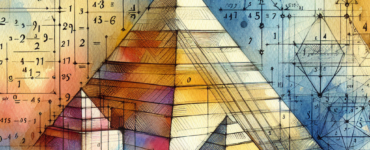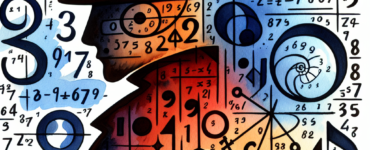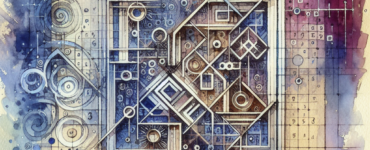Have you ever wondered if the ancient Greeks had their own form of a computer? The Antikythera Mechanism is a device that might just redefine what we consider as “ancient technology.” Discovered in a shipwreck off the coast of the Greek island Antikythera in 1901, this intriguing artifact has puzzled historians, scientists, and archaeologists for over a century.
The mechanism is made of bronze and contains a complex assembly of gear wheels designed to predict astronomical positions and eclipses for calendrical and astrological purposes. It’s essentially an ancient Greek analog computer, dating back to around 100 BC1.
Ongoing research and modern technologies like 3D X-ray scanning have unveiled more functions of the mechanism, suggesting it could also track the four-year cycle of the ancient Olympic Games. The level of engineering sophistication involved in its manufacture implies that the ancient Greeks had a far deeper understanding of astronomical phenomena than previously thought2.
The device illustrates how the ancient Greeks were able to integrate their knowledge of astronomy with mechanical engineering to create a machine that could model the sky. The exact function and use of the Antikythera Mechanism remain topics of study, but it is believed to have been used for educational or even navigational purposes3.
Researchers have even managed to partially rebuild the machine based on the surviving evidence, providing valuable insights into ancient technological capabilities4. As technology advances, our understanding of the Antikythera Mechanism continues to grow, revealing its secrets and showcasing the genius of its creators.
The mystery surrounding the Antikythera Mechanism is a testament to human curiosity and our continual quest for knowledge5. Its discovery not only allows us a glimpse into the past but also encourages us to think about the untapped potential of ancient technologies. As we unravel the complexities of this ancient marvel, let it inspire us to explore, discover, and always question the boundaries of what we believe is possible.
- https://www.nature.com/articles/nature05357 [↩]
- https://www.smithsonianmag.com/science-nature/decoding-antikythera-mechanism-first-computer-180953979/ [↩]
- https://cacm.acm.org/research/the-antikythera-mechanism/ [↩]
- https://kotsanasmuseumshop.com/en/product/o-ypologistikos-michanismos-ton-antikythiron-2os-ai-p-ch/ [↩]
- https://www.britannica.com/topic/Antikythera-mechanism [↩]







































Add comment